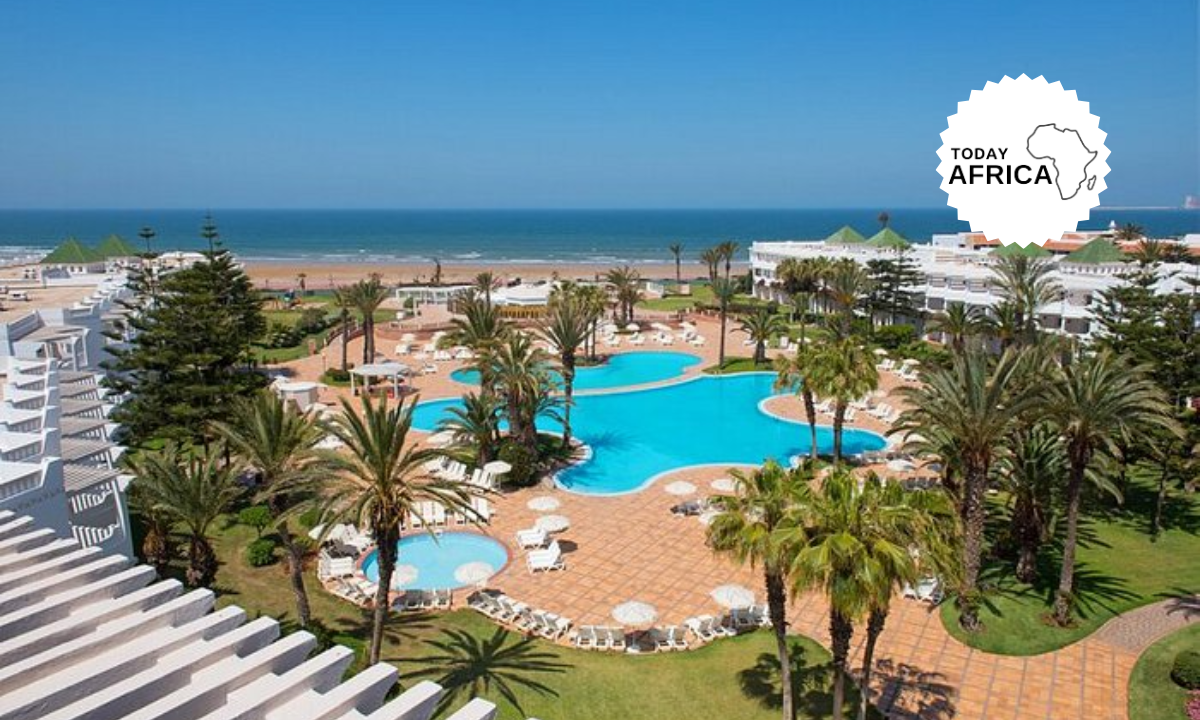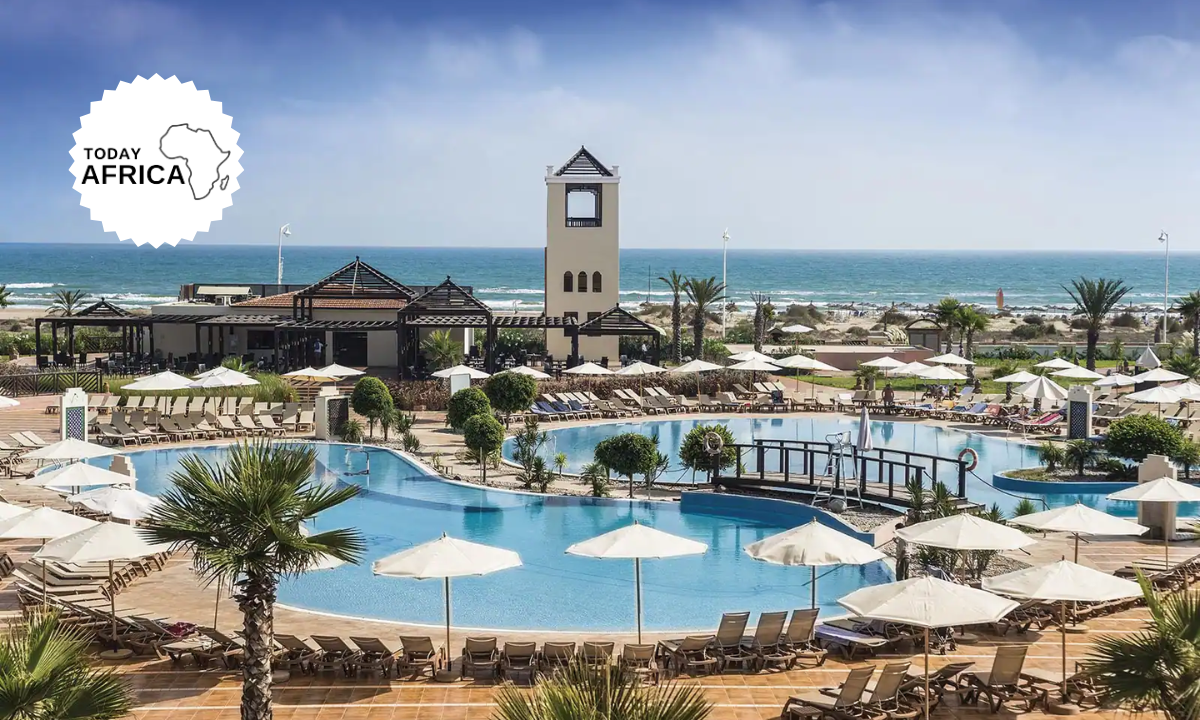Are you wondering what to pack for an African safari? Preparing to try something new is always an exciting endeavor, but figuring out what to pack for a safari can be a little overwhelming. It would help if you considered the weather, the culture, and the activities for a trip you’ve never taken.
It’s important to pack the right things to keep you comfortable during your African safari so you can focus on the important things – like spotting elusive wildlife and enjoying one of the most exciting adventures you’ll ever go on.
We’re here to help ease your mind when it comes to what to pack! Here’s a helpful list of the things you don’t want to forget as a guy.
Where Are You Going on Safari?
While your packing list will not vary too much on your travel dates, it’s important to know which season you’re visiting get a better idea of the weather there.
For southern Africa (South Africa, Namibia, Botswana, Swaziland), June to September is the best time to visit. During this period, there is less vegetation and animals are more concentrated around rivers and waterholes, making it easier to spot them. There are also fewer mosquitos.
However, it can get cold in the evenings during this time of the year. That means you’ll need to bring a down jacket or two layers for game drives at sunrise and sunset. In general, winter is very mild in Southern Africa; temperatures in the lowlands range from 12 to 25 degrees Celsius, and in the mountains from 3 to 10 degrees Celsius.
It is the same for East Africa: the best wildlife viewing months are from June to October. The wildebeest migration usually reaches the Masai Mara in July and remain until October when they move back to the Serengeti in Tanzania. However, if you’re visiting during rainy season, it can be very hot, humid and rainy especially in the highlands.
What is Your Baggage Allowance?
This can be tricky as baggage allowance can be very limited if you are taking a bush flight. We did not take any charter flight on this trip, but we have flown on charter flights with very strict luggage requirements. For instance, SkySafari only allows 15 kilograms or 33 pounds per person including camera equipment.
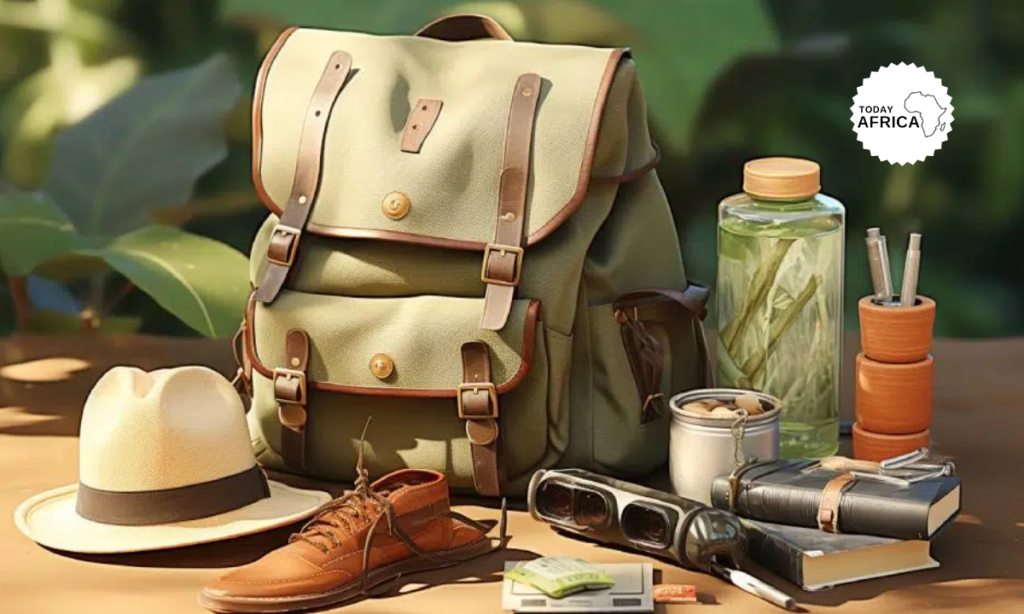
Some charter flights might not even allow you to use a hard suitcase. That means you’ll need to use a soft trolley bag, backpack or duffel bag. We advise you travel with just one carry-on backpack that will carry everything you need for the trip.
It’s useful to know your baggage allowance and requirements before leaving for the trip, so make sure to double check that with your safari operator or airline. Our advice, is to pack light and you won’t have any issues!
What to Expect on an African Safari
A typical day on an African safari usually starts early in the morning, depending on the season you’re traveling and which part of Africa you’re traveling.
In general, you’ll go on a morning game drive at 5 or 6 am and return around 10 or 11am for a heavy breakfast. The rest of the day is leisure, where you get to enjoy the safari lodge (swim, read or just watch animals from the comfort of your bed). In the late afternoon, you’ll go on another game drive at around 4 or 5pm, and return after sunset around 7pm.
See Also: Best Women’s Safari Packing List for Africa Overland Travel
Game drives always take place in the early morning and evenings as those are the best times to spot wildlife. Animals are most active at those hours, either grazing, hunting for food, or drinking at the water hole.
Men’s Safari Packing List
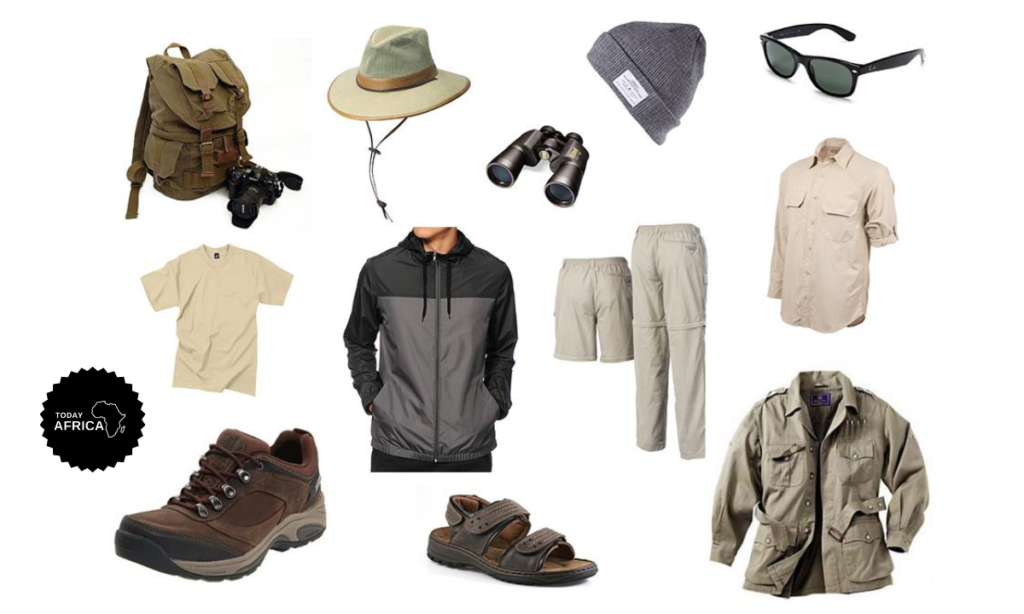
- 3 pairs of light cotton pants or pants that convert to shorts
- 1 pair of long cotton pants suitable for walking in the bush
- 1 pair of jeans or other casual long pants for the evening
- 3 short sleeve shirts
- 2 long sleeve shirts
- 3 cotton t-shirts
- 1 pair of lightweight hiking or walking shoes. In most cases, shoes like these Merrell sneakers will be sufficient and can pull double duty as hiking/walking shoes, and casual shoes for the evening so you can save space in your luggage.
- 1 pair of comfortable shoes for the evening
- 1 pair of flip flops or sandals for use in your room, at the spa, or around the pool
- 4 – 6 pairs of socks
- 6 pairs of undergarments
- 1 wide-brimmed hat, especially to wear in safari vehicles while driving in the parks, as the tops are left open for game viewing and photography. This one packs nicely and resumes its shape!
- 1 swimsuit
- 1 bandana for dust and/or cooling
- 1 lightweight jacket or windbreaker
- sunglasses with UV protection
Optional Items You May Want to Pack
- 1 safari vest for camera equipment; for chilly morning and evening game drives, consider a compressible vest when you need just a little bit of extra warmth.
- raincoat
- small personal flashlight
- binoculars
- universal wall plug adapter kit
What you Shouldn’t Take with You to an African Safari
The number one rule when packing for an African safari is don’t pack too much. In Southern Africa, like on a Botswana safari, each person is limited to $56 on the small aircraft. In East Africa, each person is allowed just $42.
To save on weight, pack in a soft-sided duffel. Laundry is available at most of the safari camps so you really only need to pack for a few days. There are a few properties that will not wash undergarments, but your designer can assist you with verifying those properties.
To help save on weight, don’t pack heavy hiking boots. Sneakers with a good tread like those we mentioned in our packing list above should be sufficient.
Stay away from brightly colored clothing and camouflage patterns. Avoid dark blue and black, which tend to attract insects like tsetse flies.
In an effort to reduce waste, don’t pack with plastic bags. When packing your toiletries, use transparent toiletry bags instead.
Remember, countries in Southern and Eastern Africa do not run on 120v like in the United States. In addition, most safari camps run on solar power or generators. They won’t be able to carry the electrical load from your hairdryer, straightener, or electric razor from home.

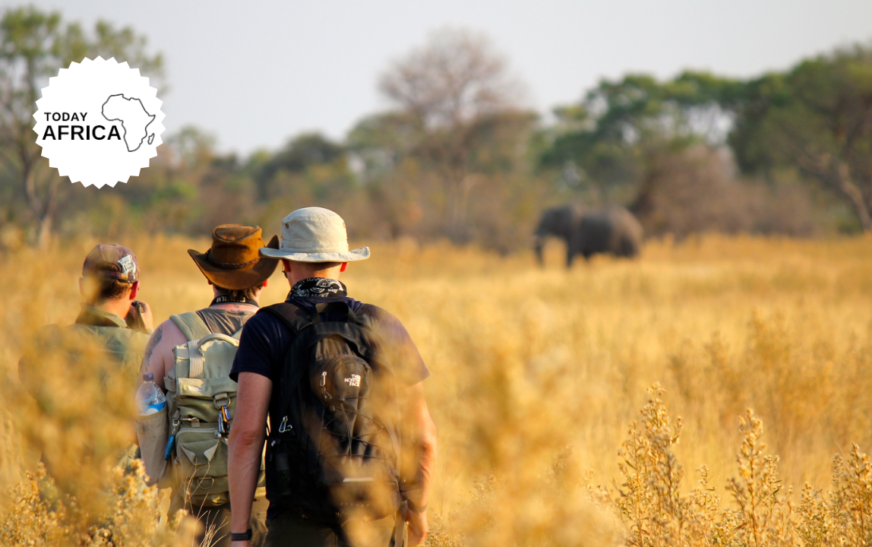





![15 Best Beaches in Morocco to See This Year [& Essential Packing List]](https://todayafrica.co/wp-content/uploads/2023/12/Blue-Simple-Dad-Appreciation-Facebook-Post-1200-×-720-px-6-9.png)
